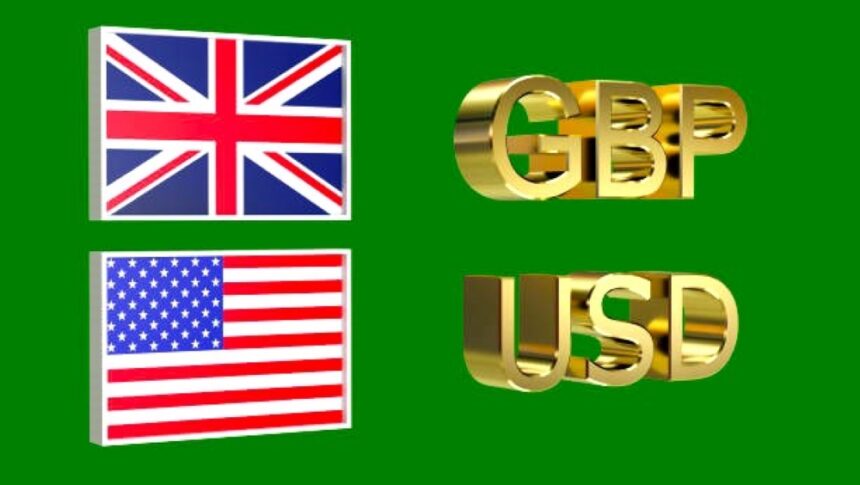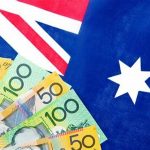Pound sterling is under selling pressure near 1.2800 against the US dollar.
In Tuesday’s New York session, the Pound Sterling (GBP) corrected off the round-level resistance of 1.2800 against the US Dollar. The GBPUSD pair falls after reaching a new two-month high, as the US Dollar (USD) recovers. US dollar recovers as market sentiment turns cautious. Ahead of the May Nonfarm Payrolls (NFP) data. Which will be released on Friday. The labor market will offer fresh Cues for when the Federal Reserve (Fed) will begin lowering interest rates.
A dismal US manufacturing PMI survey raises the possibility of the Fed swinging to rate reduction.
Currently, there is widespread belief that the Fed will begin cutting borrowing rates at its September meeting. Market expectations for the Fed to return to policy normalization in September increased after the weaker-than-expected United States (US) ISM Manufacturing PMI survey for May revealed that the world’s largest economy’s growth outlook looks to be slowing. According to the PMI data, US manufacturing activity fell for the second consecutive month as “demand remains elusive as companies demonstrate an unwillingness to invest due to current monetary policy and other conditions.”
The Manufacturing PMI, which measures the health of manufacturing activity, came in at 48.7, lower than the consensus of 49.6 and the previous. The 49.2 version has been released. The research also predicted a dismal demand environment and lowering inflation expectations. The New Orders Index, which represents the demand outlook, fell to 45.4 from 49.1. The Prices Paid Index, which measures the likelihood of changes in input prices, fell to 57.0 from the consensus of 60.0 and the prior reading of 60.9. Decreasing input price rise leads to a slower increase in selling prices, easing concerns about inflation being persistent.
Daily Market movers: Pound Sterling corrects while US Dollar recovers.
The pound sterling falls against the US dollar as the latter stabilizes in Tuesday’s European session following Monday’s sell-off. The US Dollar Index (DXY), which analyzes the Greenback’s value against six major currencies, has risen from approximately The two-month low is near 104.00. The GBPUSD pair’s near-term future remains murky, as traders increasingly anticipate that the Fed will cut interest rates in September.
According to the CME FedWatch tool, traders expect a 60% possibility that interest rates will fall from their present levels by September. The chance has increased dramatically from 45.8% just a week earlier. The market speculation about Fed rate cuts is expected to be volatile this week as investors prepare for important economic data releases such as the ISM Services PMI and Nonfarm Payrolls (NFP) data for May, which will be released on Wednesday and Friday.
Meanwhile, the US Bureau of Labor Statistics (BLS) released dismal JOLTS Job Openings data in April. The agency reported that US employers posted 8.06 million jobs, which was lower than expected at 8.34 million and the previous reading of 8.49 million. Lower job postings indicate that the labour market is losing strength.
The UK’s ongoing service inflation remains a serious concern for Bank of England officials.
In the United Kingdom (UK), market speculation on Bank of England (BoE) rate cuts is unlikely to influence Pound Sterling much due to the lack of major economic events and the fact that BoE officials will not comment until after the impending elections. Currently, financial markets anticipate that the BoE will begin lowering interest rates at the August meeting. UK’s annual headline Consumer Price Index (CPI) has fallen dramatically to 2.3%, but persistent service inflation remains a major concern for BoE policymakers.









